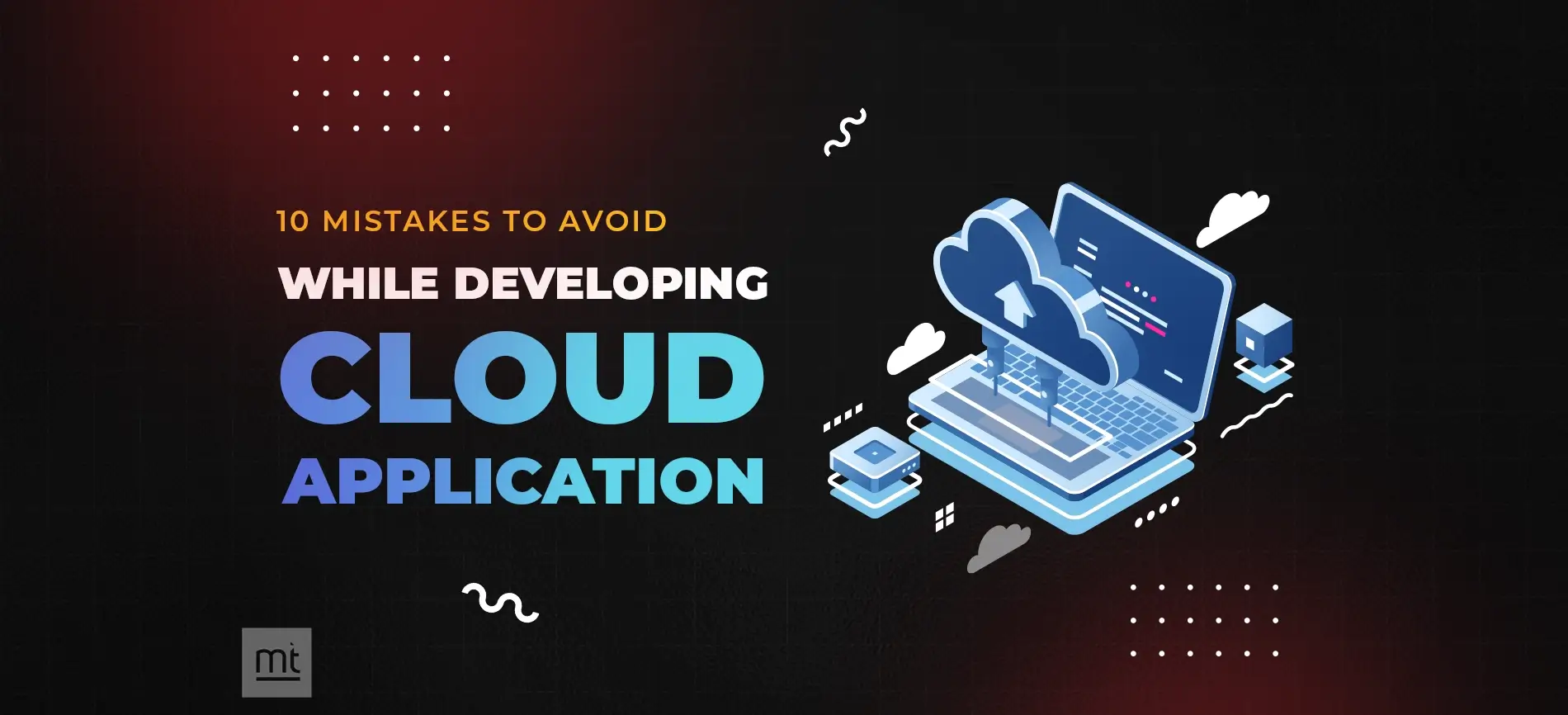Get Free Trial Week Developer Access, Try Before You Hire. Click Here to Claim Now
Java, a high-level language, offers robust and scalable solutions combined with powerful frameworks. Java frameworks are like templates in which the developers can fill their codes for the desired functionality and reuse them also. There are plentiful Java frameworks available in the market that offer excellent features. With time, people have shifted towards the cloud for scalability and storage advantages. And Java tools are one of the most demanded development aids for developing server-side applications. Developers have started introducing innovations in Node.js, Java Stack, and other components. The aim is to develop cloud-native java frameworks for supporting the numerous microservices capable of working independently. Today there are many cloud-native java frameworks.
We have listed the top 8 java frameworks that let you work in a cloud-native environment.
1. Micronaut
Micronaut is a modern full-stack framework for building serverless and microservice applications. Being a java framework, it supports cloud-native applications. It has built-in cloud support, including various services, distributed tracing, and discovery services. Developers use the Micronaut framework as a solid foundation for developing Cloud-native Java applications using the large ecosystem of integrations and modules that provide innovation in the framework.
2. Spring cloud functions
Spring cloud functions is a project that supports serverless providers with a uniform programming model. It allows the developers to enable dependency injection, auto-configuration, and other Spring Boot features. In addition, the Spring cloud function features adapters for Microsoft Azure, AWS Lambda, and other serverless service providers.
3. Eclipse Microprofile
The developers have been using Eclipse Microprofile to optimize enterprise java and develop microservices architecture along with new innovative features. These innovations can be related to new functionalities and new standard APIs. Moreover, it leverages Jakarta EE and Non-Jakarta EE to address microservices architecture.
4. Dropwizard
Dropwizard is a cloud-native Java framework used to develop high-performance RESTful web services by pulling in the stable libraries of the Java ecosystem into a lightweight package. It lets the developers deliver a high-quality web service that is very sophisticated in every development aspect, including logging and application metrics. Jetty and Guava are some of the main libraries used by Dropwizard. It also has Metric as its library.
5. Vert.x
Vert.x is a java toolkit that supports the cloud. We can call it a polyglot as it supports many JVM and non-JVM languages. It is a very embeddable and composable framework that adapts well to the requirements. You can find modern reactive client stacks with Vert.x, allowing you to implement web APIs, event streams, and databases. It is an open-source ecosystem and a great technology stack for Java developers.
6. Quarkus
Quarkus has been developed to make Java development easy for cloud-native applications. It is an open-source project that allows developers to use the best combination of extensions, tools, and functions. Quarkus can help you develop applications for GraalVM and HotSpot. Its combination with Kubernetes provides you excellent development environment for scalable and fast applications.
7. Functions framework by Google Cloud Platform
Google has made the primary function for Java open source. It is a FaaS (Function as a Service Framework that can be conveniently used to develop portable Java Functions. This function framework allows developers to write functions in different environments, including Google Cloud Functions and Cloud Run. Developers can also develop functions for a Knative-based environment.
8. Functions framework by Microsoft
Developers can use the function to develop secure and scalable cloud-native Java applications. Azure services ensure high security across design development and management of an application. Different cloud-native technologies can be implemented to develop robust cloud-native applications, such as serverless computing and microservices. Java developers use this framework to establish cloud-native architectures to support swiftly changing business demands.
These are some of the best cloud-native Java frameworks. You can use any of them to develop microservices and server-side applications, or you can hire java developer with good experience in handling them all. A few are open source, allowing developers to view the code base and understand the implementation. The aim of using every framework remains the same, developing scalable, fast, and robust applications.
Subscribe to Our Newsletter!
Join us to stay updated with our latest blog updates, marketing tips, service tips, trends, news and announcements!




















